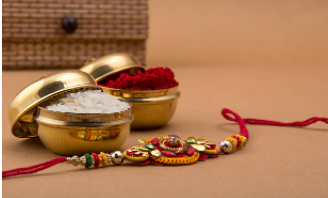
Chocolates come in a variety of flavors and types- let's figure out what makes them so varied
We all grew up reading about Charlie and his adventures in the chocolate factory and wished that we could be a part of this adventure too. Cruising across the gooey chocolate river while enjoying the scenic view of the candy field and rowing past the gushing chocolate waterfall in Willy Wonka's factory.
This delicious treat which is equally loved by all has a lot of variants. Different people have different preferences when it comes to chocolate whether it is dark, milk or white. As simple as it seems, a lot of precise calculations and percentages of ingredients are combined in appropriate proportions to create your beloved delicacy.
But before we get into the details, let's understand the basics first.
Back to Basics: What is chocolate made from?
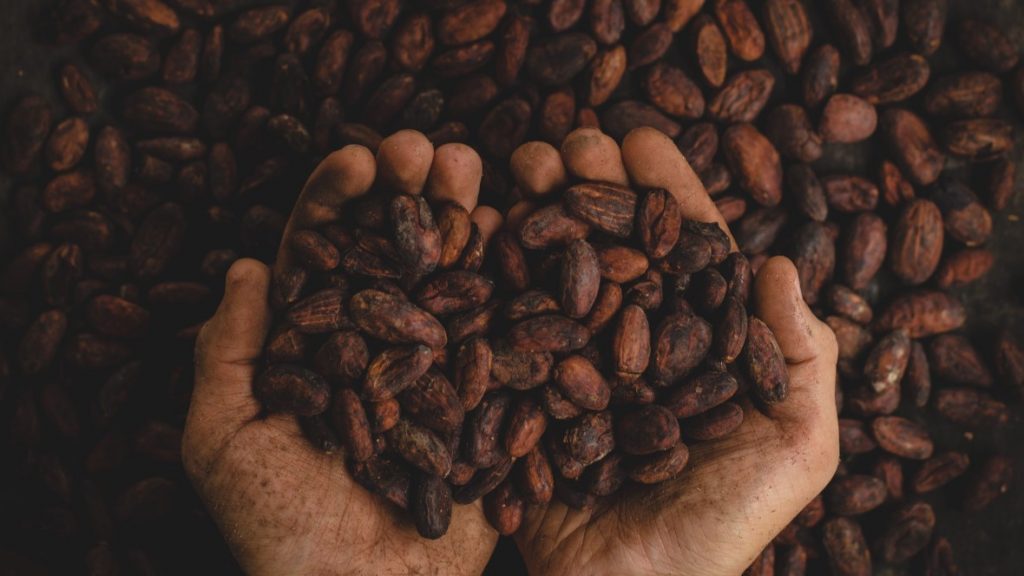
Chocolate is obtained from the cacao bean inside the cacao plant. Basically, it is manufactured from the seed of the cacao tree. Yes, that indeed makes it a plant-based product. Cannot imagine something so delectable being derived from a plant eh!
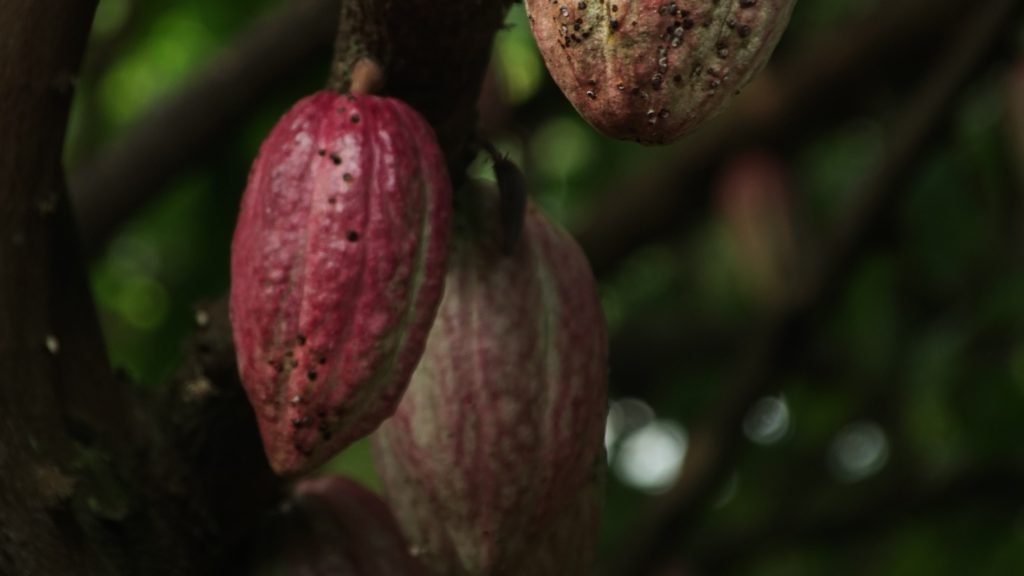
Cacao pods comprise the thick fleshy inedible shell which forms a Couverture around the white sweet pulp that encloses the cocoa beans. The secret behind the impeccable taste of chocolate lies sequestered in this magic bean.
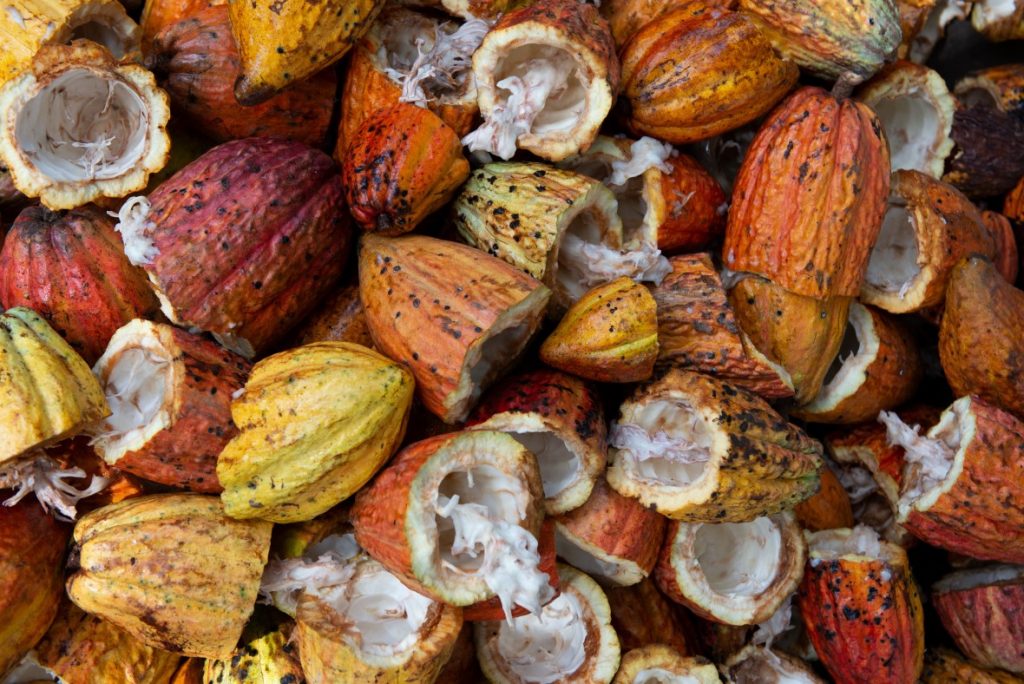
After harvesting, these beans are fermented and subjected to dehydration in natural conditions to ensure that all flavors are preserved in the pod. Further, it is roasted to proliferate its piquancy.
Then the chocolate is ground by enormous rotating metal cylinders into a fine paste called chocolate liquor. This chocolate liquor encompasses cocoa solids and cocoa butter. These two elements form the primary component of any chocolate-based confection or product.
The varying proportions of these two integrands help fabricate different varieties of chocolate.
Now that we know where chocolate comes from, let us explore the science behind the composition of different varieties of chocolate and understand why your favorite treat tastes so good.
Bakehoney bonus: How do you pair different varieties of chocolates with different ingredients to concoct palatable amalgamations? Read on- each chocolate type's description answers this
Unsweetened Chocolate
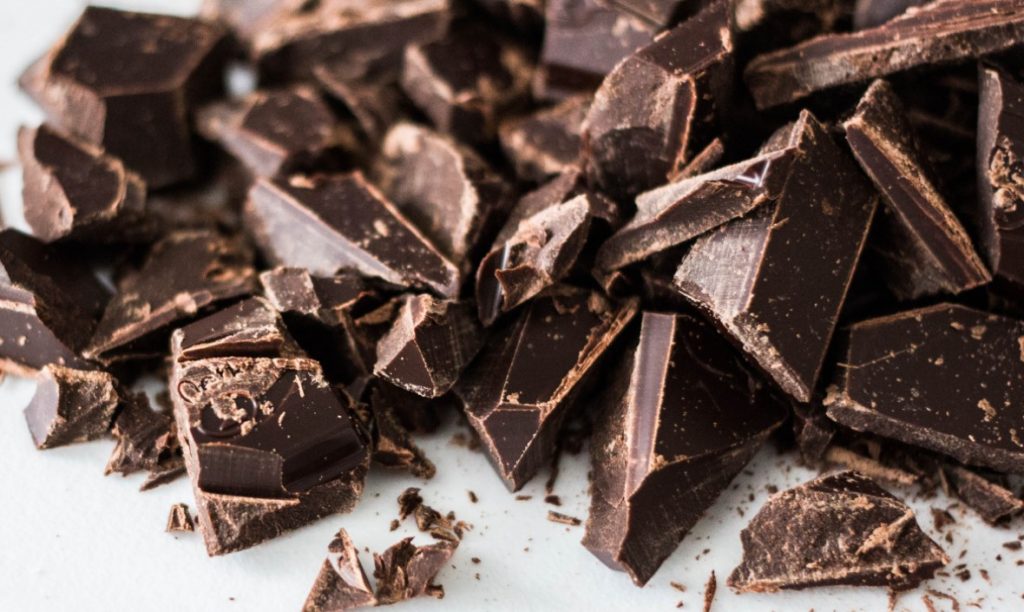
Composition: Unadulterated chocolate liquor devoid of any added sugars.
Flavor Profile: Bitter, brittle and most people find it unpalatable when eaten in raw form.
Uses:
- Used by bakers and pâtissiers to make chocolate based baked products like brownies, cakes etc. The reason to use this type is that it provides great flexibility in controlling the quantity of sugar used in a recipe.
- Forms a base for making other types of chocolate.
- Primary ingredient of recipes that call for unsweetened chocolate.
Tastes best with:
- Hard Cheese (i.e. Parmesan) & other salty snacks
The saltiness of the cheese balances the bitterness and the creaminess, in turn, counteracts the chalky texture of unsweetened chocolate thus imparting a peculiar yet scrumptious texture.
- Dry Wine
The bitterness in chocolate balances out the dryness of the wine thus inciting the tongue to emphasizes the sweet fruity notes present in this fermented drink.
- Dark espresso and beer
The bitterness enhances the other not so evident flavor profiles in both these drinks which are predominantly bitter to taste.
Dark Chocolate
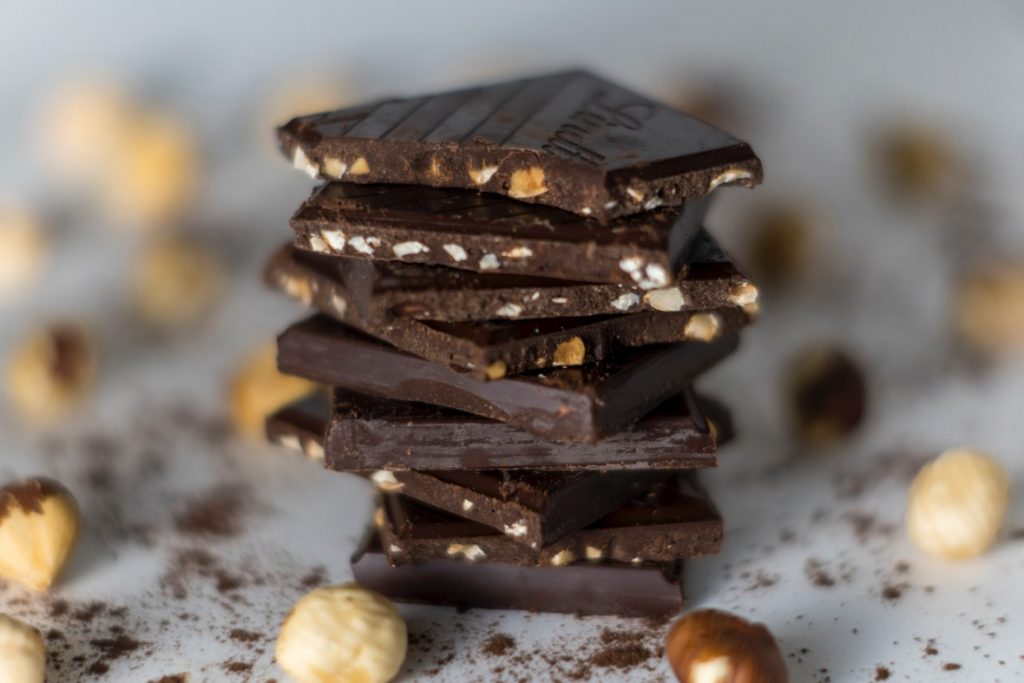
Composition: Contains a higher percentage of cocoa solids with a minimum of 35% and all the fat content in it is derived from cocoa butter (present up to 18%). Has added sugar, artificial or natural sweeteners. A high-quality product can have cocoa percentages ranging from 65% up to 99%.
Flavor Profile: Bitter, acidic, fudgy
Uses:
- Mostly used for direct consumption as this is the most desirable form of chocolate.
- As a dip for fruits, biscuits, etc.
- Drizzle it as a topping for ice cream, cookies, and other desserts.
- Used as chunks in cookies, caramelized with smores or to make no-bake desserts like the chocolate mousse.
Check out some interesting recipes using chocolates
Tastes best with:
- Jalapeno, chili, wasabi or any food that spices up your tongue
Spice balances the acidity of the chocolate, therefore, making it an interesting combination.
- Sea salt
The saltiness weighs down the overpowering bitterness and caramel can be added to this combination to add smokiness and increase the sweet tones.
-Coffee
Again, enhances the sweet undertones present in the chocolates which is why most recipes involving the use of dark chocolates recommend the addition of small quantities of coffee powder.
-Sourness of these equipoises the bitter flavor and delicately tingles the palate with its peculiarity.
Tart berries such as cherry, strawberry, raspberry
Tart fruits like mangoes, apricot, and grapes
Citrus flavors like orange and limes
-Mint
The age-old pairing of mint and the dark chocolate chip can never go wrong. The extremes freshness and smoothly blends into the creamy fudginess of the dark chocolate.
Milk Chocolate
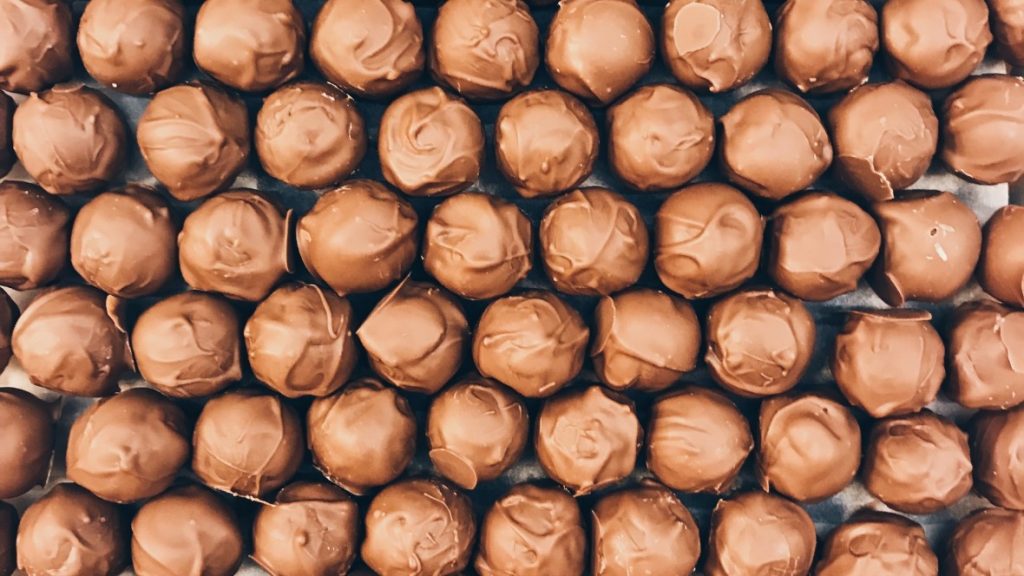
Composition: As the name suggests it has an additional 12% milk solids present, apart from the 10% chocolate liquor and up to 15% cocoa butter accompanied with varying amounts of sugar and emulsifiers.
Flavor Profile: Soft, Smooth, melty and simply delicious
Uses:
- Can be consumed in its original form
- Not suitable for most baked products as it cannot withstand high temperatures and the sweetness can overpower the other flavors or amend the existing amount of sugar to an undesirable level.
Tastes best with:
-The mild flavor of this chocolate puts these unique flavors in the spotlight when combined with milk chocolate.
Cardamom, clove, vanilla, and other spices
Coconut and nougat
- Caramel
Burnt caramel with mild smoky flavors emphasizes the sweetness of the milk chocolates.
- Creamy milk chocolates pair naturally with the toasty and smokey notes present in these ingredients.
Toasted Nuts
Black Teas like oolong, Darjeeling, etc.
White Chocolate
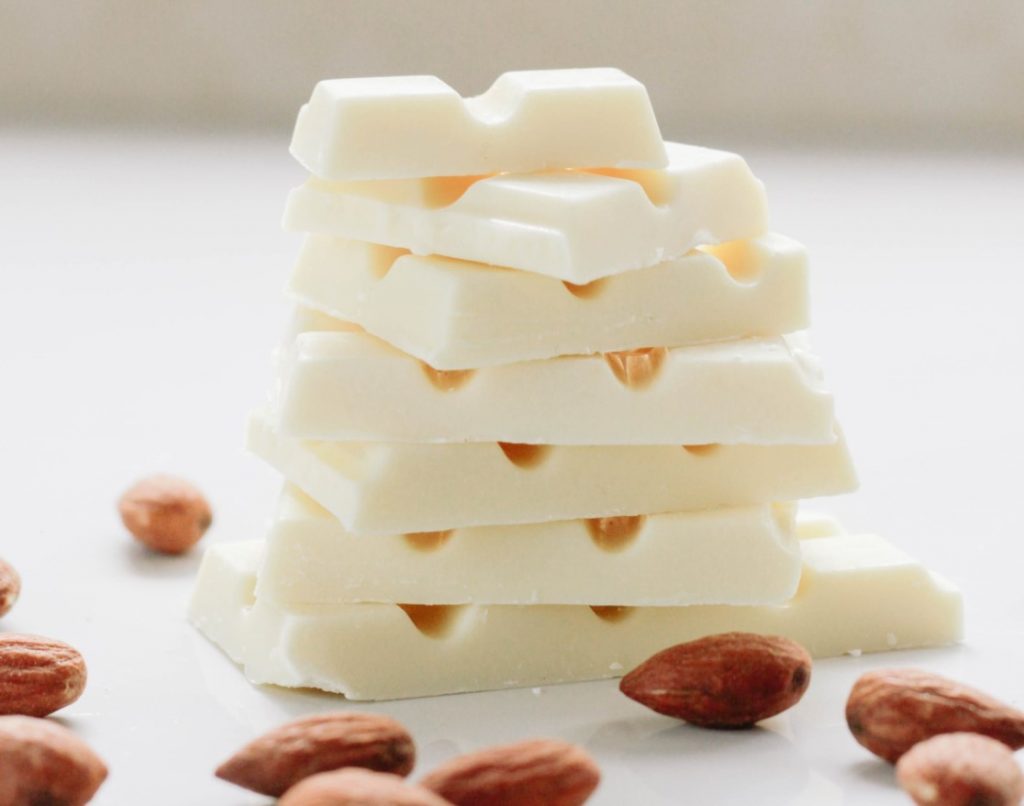
Composition: Effectively comprises 20% cocoa butter, 14% milk solids, varying amounts of sugar and 3.5% of other dairy based fats. The absence of cocoa solids imparts the rich ivory color.
Flavor Profile: Velvety, creamy, sweet, solid and devoid of the complexities present in other chocolates.
Uses:
- Making dips and as a garnish topping
- Used as molding chocolate to make the cake and dessert decor
- White chocolate ganache which can be made colorful with the addition of food colorants
- It can be eaten as it is.
Tastes best with:
The delicate flavors create interesting versatile flavors which let the following ingredients shine through the chocolate
- Citrus fruits like orange, lime, lemon, grapefruit, etc.
- Champagne and white wine
- Saffron
- Tart berries like blueberry and blackcurrants
- Matcha tea
Try out some interesting recipes with these chocolate types here








